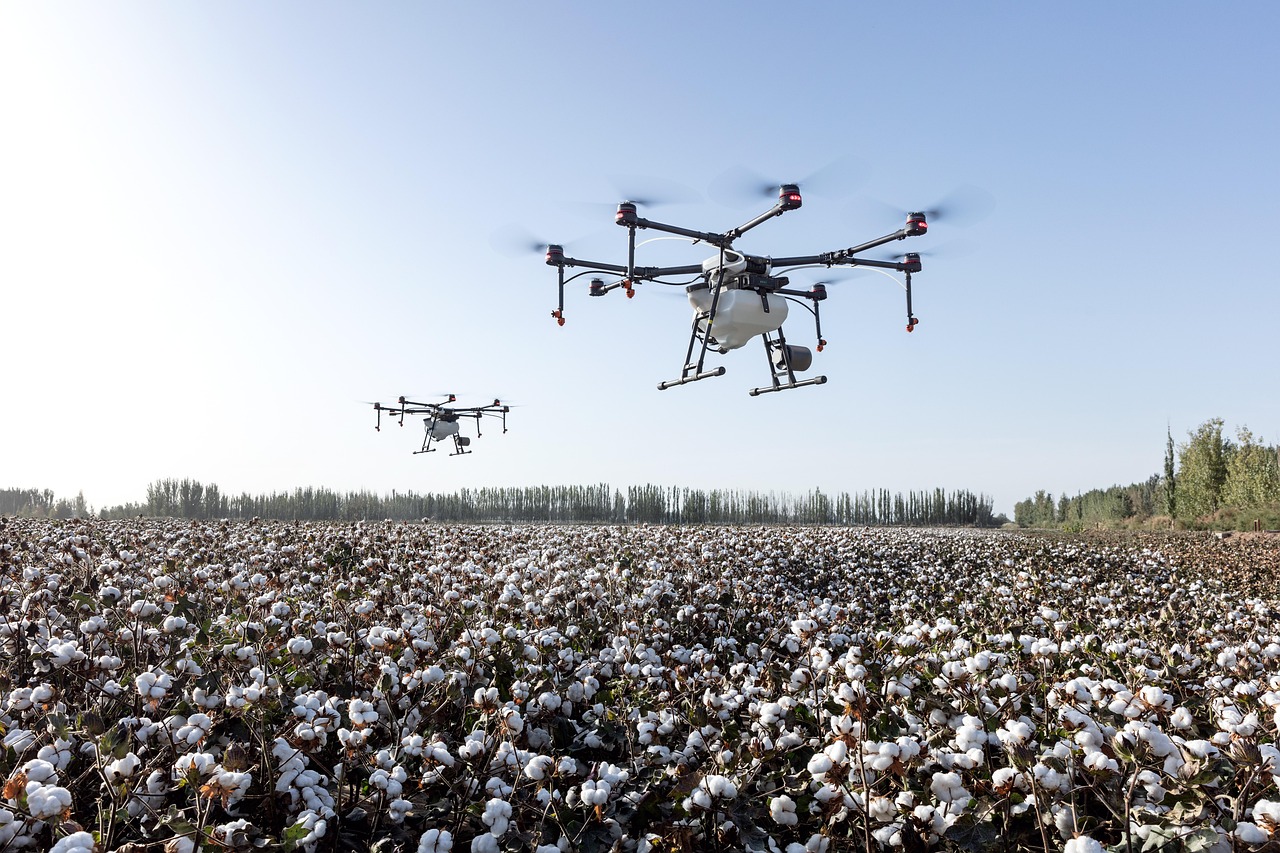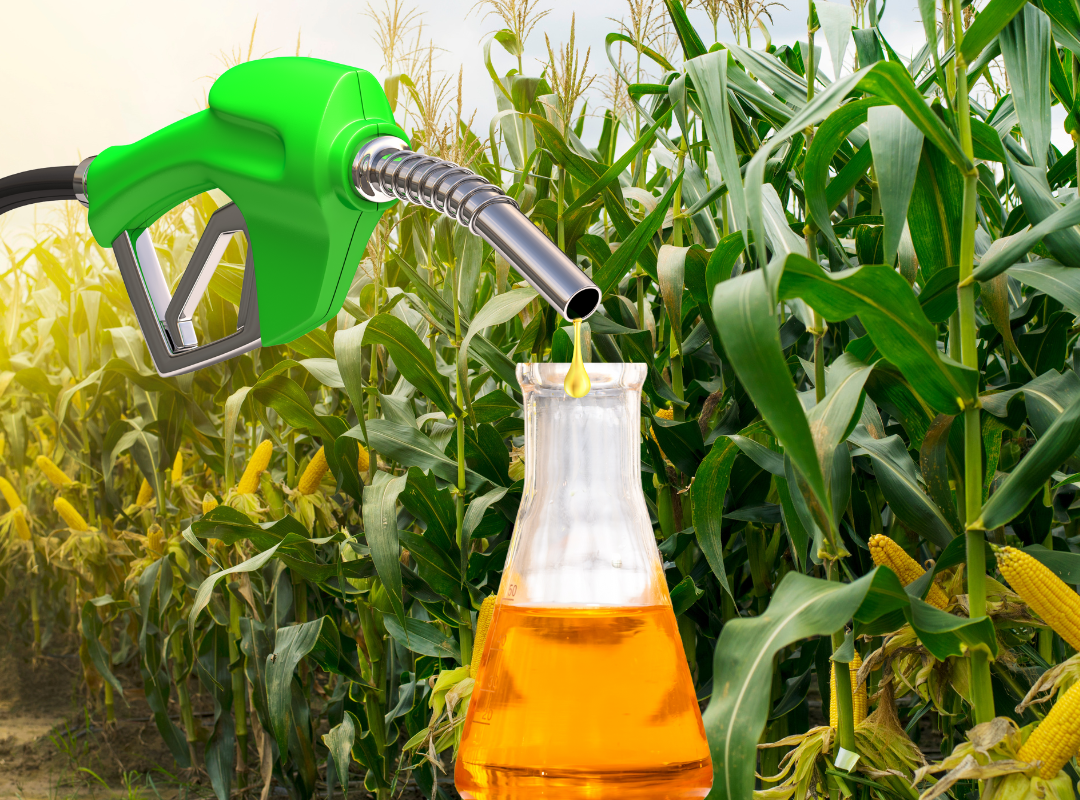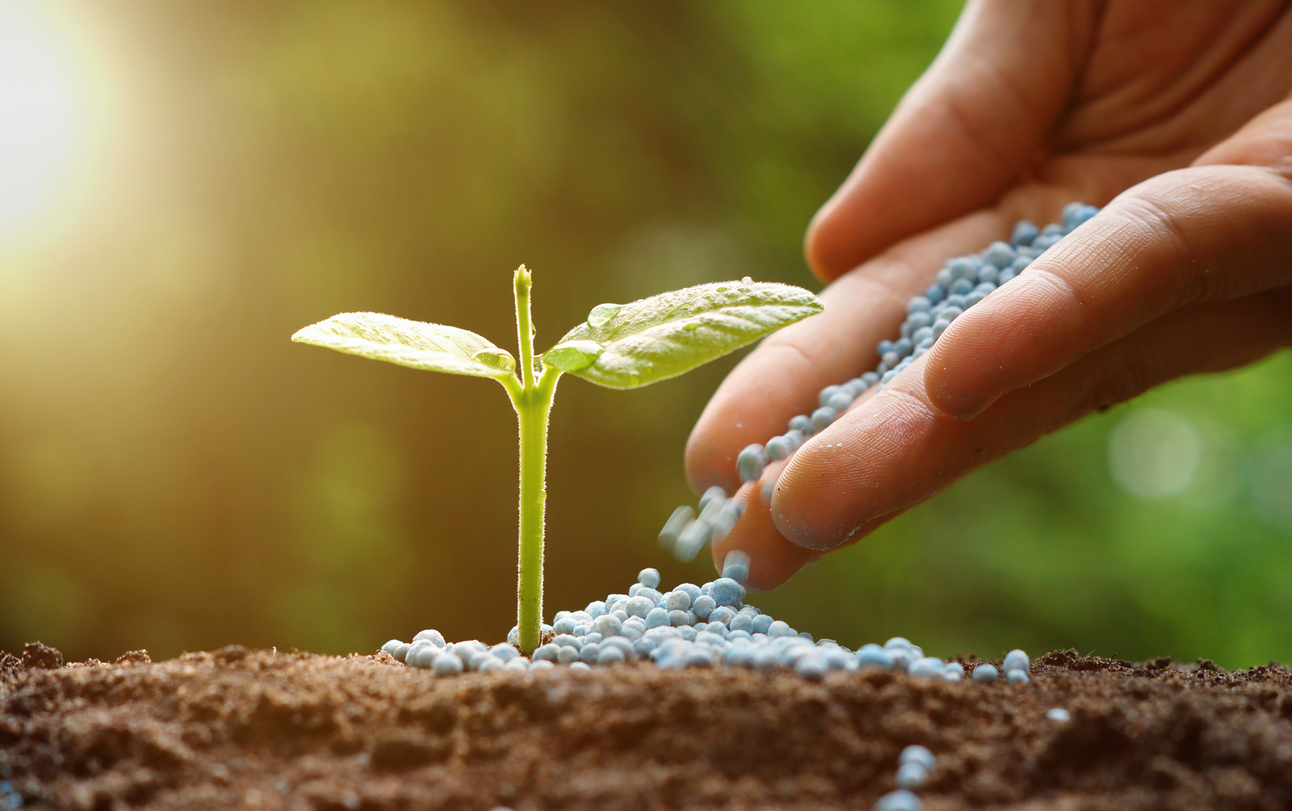Machines and People
Students define the word "machine," explain how machines are used in agriculture to produce food and fiber, and compare and contrast a variety of machines.
Students define the word "machine," explain how machines are used in agriculture to produce food and fiber, and compare and contrast a variety of machines.
Students investigate the collaborative work of an agricultural scientist and engineer who found new uses for soybeans and discuss careers in science and engineering, biobased products, and the use of renewable resources.
Students explore the process of fortification where vitamins and minerals are added to food to make it more healthful and to help people meet their recommended daily intake of different nutrients.
Students explore heredity concepts by comparing observable traits of apples and onions, collecting data on the traits of different apple varieties, and investigating apple production. Additional activities include hands-on methods for testing apple ripeness.
Students determine that agriculture provides nearly all of the products we rely on in any given day by participating in a relay where they match an everyday item with its "source."

Students discover the science behind how a drone works, explore how drones are used in agriculture, and program and operate a drone for the purpose of monitoring grazing sheep.
Students describe the physical properties of materials and observe physical and chemical changes as they explore the ingredients in pancakes and how maple syrup is harvested from trees.
Students describe the physical properties of materials and observe physical and chemical changes as they examine the ingredients in pancakes and how maple syrup is harvested from trees.
In this lesson, students learn the chemistry and composition of milk, identify the difference between a monosaccharide and disaccharide, and carry out a laboratory activity testing the effect of the enzyme lactase on various milks.
Students identify the process used by plants to make their own food and discover how photosynthesis provides the food they eat.

Students explore the process of fermentation in the creation of ethanol and observe the role enzymes play in the fermentation of starch.

Students will recognize that fertile soil is a limited resource, describe the role fertilizer plays in increasing food productivity, distinguish between organic and commercial fertilizers, describe how excess nutrients are harmful to the environment, and identify different sources of nutrient pollution.